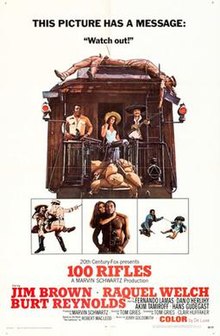In March 2014 I wrote a post on "Alabama Libraries in 1886 and 1897" that described libraries found in the state in surveys done by the U.S. Bureau of Education. That 1886 survey found three medical libraries in Alabama. The largest was at the State Board of Health in Montgomery with 3000 volumes. The Pierson Libary at the Alabama Insane Hospital [later Bryce] had some 1500 books, and the Medical College of Alabama in Mobile had 500.
In this post I want to briefly discuss two medical libraries in Birmingham in the first decade of the 20th century. Comments are below. Today there are a few more medical libraries in the state, primarily at hospitals and academic medical centers. Since 1980 the Alabama Health Libraries Association has served those facilities.
Alabama Medical Journal
October 1901 Volume 13 number 11
This item announces the intent to organize a medical library for Birmingham physicians. As items below indicate, efforts quickly began and a library association continued meeting until at least 1908.
George Summers Brown, M.D. [1860-1913]
Source: Holley, History of Medicine in Alabama
According to the article above, Brown was the "prime mover" in the effort to organize a medical library for the county society. As the item below notes, the idea quickly morphed into the impressive-sounding Birmingham Medical Library Association. Brown taught obstetrics at the Birmingham Medical College.

Alabama Medical Journal November 1901 Volume 13 Number 12
Alabama Medical Journal September 1908 Volume 20 Number 10
This 1908 meeting report indicates that the library association meetings were much like the county and state medical society ones--a chance to exchange some clinical information, eat good food and socialize. The Dr. E.M. Prince mentioned was a founder and surgeon for a number of years at South Highlands Infirmary [now UAB Highlands]. Prince published numerous articles before World War I and some indicated the presence of Dr. James Robertson Dawson as the physician giving anesthesia for his cases.
That 1908 volume of the Alabama Medical Journal contains two letters to the Birmingham Medical Library Association from local physician Dr. H.S. Ward reporting on his visits to Johns Hopkins Hospital in Baltimore and London, England. The first letter was read at the December 1907 meeting of the Association. In closing his second letter, Dr. Ward expresses the hope that "some day our own medical library association may be in a home of its own."
I'll have to do some more research to determine how long this association met and if a library ever really developed and what eventually happened to it if it did. The list of names above in the original announcement indicates that a large cross-section of the county society's members at least wanted themselves associated with this project.
The second example is the private library belonging to a physician who practiced for a number of years in Birmingham, Dr. John Clark LeGrande.
You'll note that he served as president of the library association organized in 1901.
LeGrande taught hygiene and medical law at the Birmingham Medical College. He was the founding editor of the Alabama Medical and Surgical Age which was published from 1889 until 1911. LeGrande was also one of the individuals who helped furnish Hillman Hospital when the permanent brick building opened in July 1903; his contributions outfitted the obstetrical ward.
LeGrande died in March 1906 and his personal medical library was offered for sale. The John Daniel Sinkler Davis named in the notice below had also practiced medicine in Birmingham for many years. An 1879 graduate of the Medical College of Georgia, Davis was the older brother of William Elias B. Davis, one of Alabama's most prominent physicians of his time period. LeGrande's "magnificent" personal library must have been impressive for its day.

Alabama Medical Journal April 1907 Volume 19, number 5 page 252
John Clark LeGrande, M.D.
Source: Holley, History of Medicine in Alabama
This page is from Jefferson County Probate records pertaining to Dr. John Clark LeGrande and dated April 7, 1906, just over two weeks after his death. As noted, he died without a will and the list of his "real and personal estate" included a "medical library." Family members probably asked Dr. J.D.S. Davis to handle the sale of the collection.












































